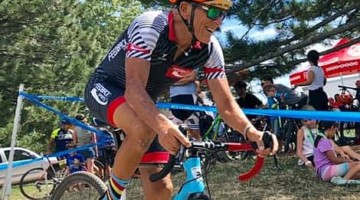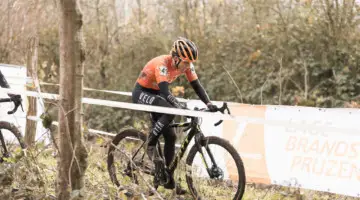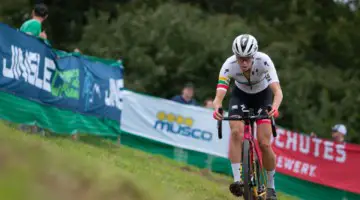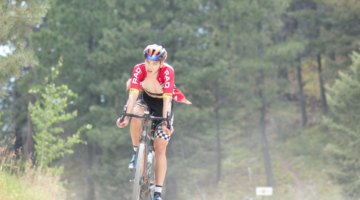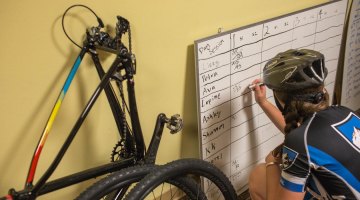by Jacob Fetty
One cup of coffee. Two.
Kids are up. Work is calling – literally and figuratively.
You are already feeling the squeeze of your day and you don’t even have your socks on yet.Clients routinely tell me how much time that they have available to train. Then I ask a series of questions – Spouse? Check. Kids? Check. Work? Check. What starts as a wide-eyed overzealous assessment of available time turns into a buzz kill, a crash back to reality reminder that while we would like to spend all day, every day, on our bikes, we just don’t have the time to do so. Still, we have goals and goals take time to reach. Not just time but intrinsic motivation. It’s counter-intuitive to think that we can reach high, sometimes lofty goals, without pouring all our free time into the pursuit of these goals, right?
Not exactly. There are no short cuts. At least, not as far as I have found. And, besides, the process is the best part. It takes time, sure, but it also takes balance and the pursuit of and the perfection of that balance.
Due to our affinity for riding our bikes and geek-ing out over the most trivial bike-related products, we become consumed in the bike world. We become conditioned to believe that volume is everything and we subscribe to this silly notion. While volume is important and has its place, it is not everything, and in a busy person’s life, volume can be the subtle movement that brings the house of cards crashing down. Quality versus Quantity, right? With someone with real world responsibilities this is often the Good versus Evil eternal battle that happens in our daily calendars.
We want to ride, we need to ride. Like a junkie burning a spoon for their next fix. Savor the process but hurry it up!
So how do we get it all done? How do we meet our cycling goals while not throwing family life out of balance? How do we optimally improve our fitness with limited time?
With my clients that are pressed for time, I tend to put more emphasis on Intensity Factor (IF): basically, how hard is the workout specific to your current ability? Personally, I zero-in more on IF than Training Stress Score (TSS). It can be splitting hairs in some instances but for the purpose and needs of the Busy Momma, IF is a better gauge of workout prescription. This allows a coach to prescribe rides with less volume but with more intensity, usually based on power. With the rise in popularity of power meters and the increased accessibility of them, they are the one tool you need in your tool box besides your bike to help you get it all done. Applying the proven concepts garnered from coaching with Cycle-Smart, I arrange client’s workouts over a week in descending order of intensity. Basically, we do the hardest workouts first, earlier in the week, and then phase into the less aggressive work loads as the week progresses. What this allows a client to do is to focus his or her available training time on the most important aspects, getting them accomplished one at a time, day-by-day in short interval-rich rides. It’s important to pepper proper rest into the week too. While coaches have tools to measure bike workloads, we don’t have tools to measure life’s stresses and communication becomes vital to keeping your workouts on track and your life in balance.
An example of how a descending week would flow: Assuming that you are starting your base period, you would arrange your blocks so that your Sprint workout would be first followed by Threshold work the next day, or the next day you got on your bike. From there you would phase down to Tempo followed by Endurance, generally speaking.
Being committed to flexibility and openness about fitting in training around real life is the first step towards creating the balance that helps you get it all done. It takes time and practice to achieve the zen balance between training, work meetings and your kids next recital but it can be done. If Peter Pan can grow up then certainly us overzealous athletes can get in our threshold intervals and still play with Barbie Dolls.
Jacob Fetty raced road, mountain and cyclocross. Now, he lives in the mountains of West Virginia with his wife and 18-month old son. He coaches full time for Cycle-Smart and enjoys helping people work towards achieving their goals. He’ll be writing a regular column for us on training while managing a full-time life on the side.
























